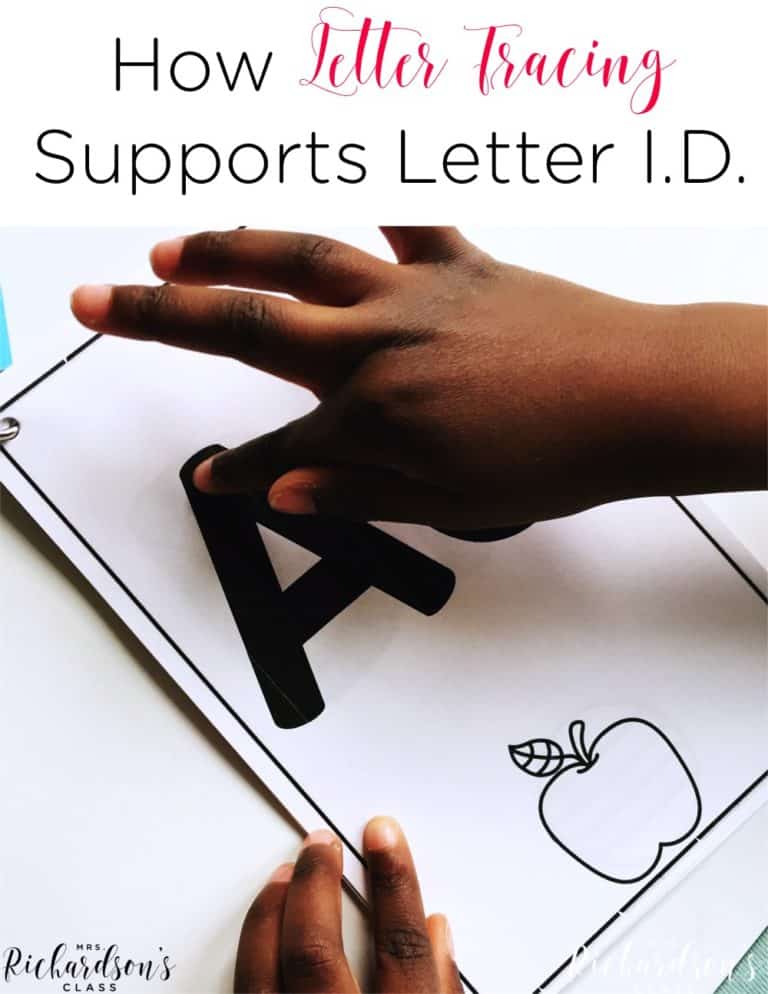

The first day of school can be overwhelming for both students and teachers, especially in Kindergarten and first grade classrooms. As students trickle in during the first week, it’s important to have a routine in place that keeps little learners engaged while allowing the teacher time to greet each child, ease nerves, and establish morning routines. One simple yet highly effective way to do this is by providing a small tub of playdough on each student’s desk every morning for the first day of school.



Now, let’s chat about why this method works so well, especially during those critical first days of school.
1. Familiar and Fun
Playdough is familiar for most children, which makes it an ideal choice for the first day of school. As students enter the classroom and find playdough waiting for them at their desks, they’re immediately drawn to a comforting activity. This familiarity helps ease first day of school jitters, allowing students to feel more at ease in their new environment.
2. Encourages Creativity and Fine Motor Skills
While students may see playdough as simply fun, it also serves as a valuable tool for developing fine motor skills. Squeezing, rolling, and shaping the dough strengthens hand muscles, which is crucial for the writing skills we will develop during the year. Additionally, playdough allows for open-ended creativity, giving students the freedom to create whatever their imaginations can conjure! It’s fun to see how creative they are and see a glimpse of each student’s personality through their creativity.
3. Provides a Smooth Transition
Having playdough as a morning activity creates a smooth transition into the school day. After students unpack their backpacks and put away their folder, they can dive straight into playdough time at their own desk. This routine helps to establish a sense of order and gives students something productive to do while others are still arriving. As a teacher, you can take this time to greet each child, chat with parents, and begin to assess the class dynamic.
4. Teaches Classroom Expectations
Introducing playdough as the first classroom activity also offers an excellent opportunity to teach your first classroom expectation: how to properly use and care for classroom materials. You can model how to handle playdough respectfully, be responsible for it, listen for a clean up timer, and clean up all the way when done. This lesson in responsibility will set the tone for how other classroom materials will be handled and how your reading center time will run.
5. Keeps Students Engaged While You Get Settled
The first few days of school are often a whirlwind of activity, with students still getting accustomed to the new environment and routines. Playdough keeps students busy and engaged, allowing you the time you need to get settled, finalize seating arrangements, and start building meaningful relationships with your new students!

By incorporating playdough into your morning routine, especially on the first day of school, you create a welcoming, structured, and engaging environment for your students right from the start. This small yet powerful tool can make a big difference in helping your little learners feel comfortable and ready to learn in the days and weeks ahead!
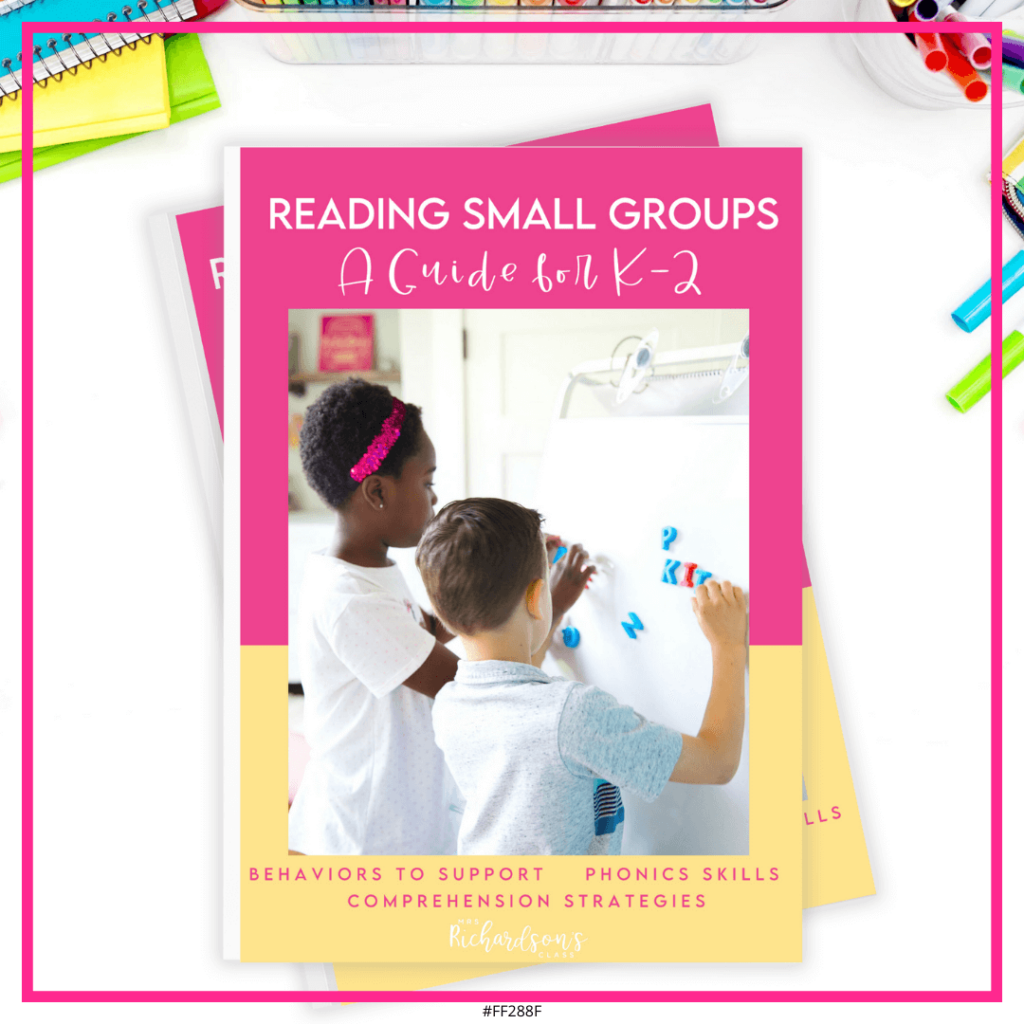
Want to use the latest research to boost your readers during small groups? This FREE guide is packed with engaging ideas to help them grow!
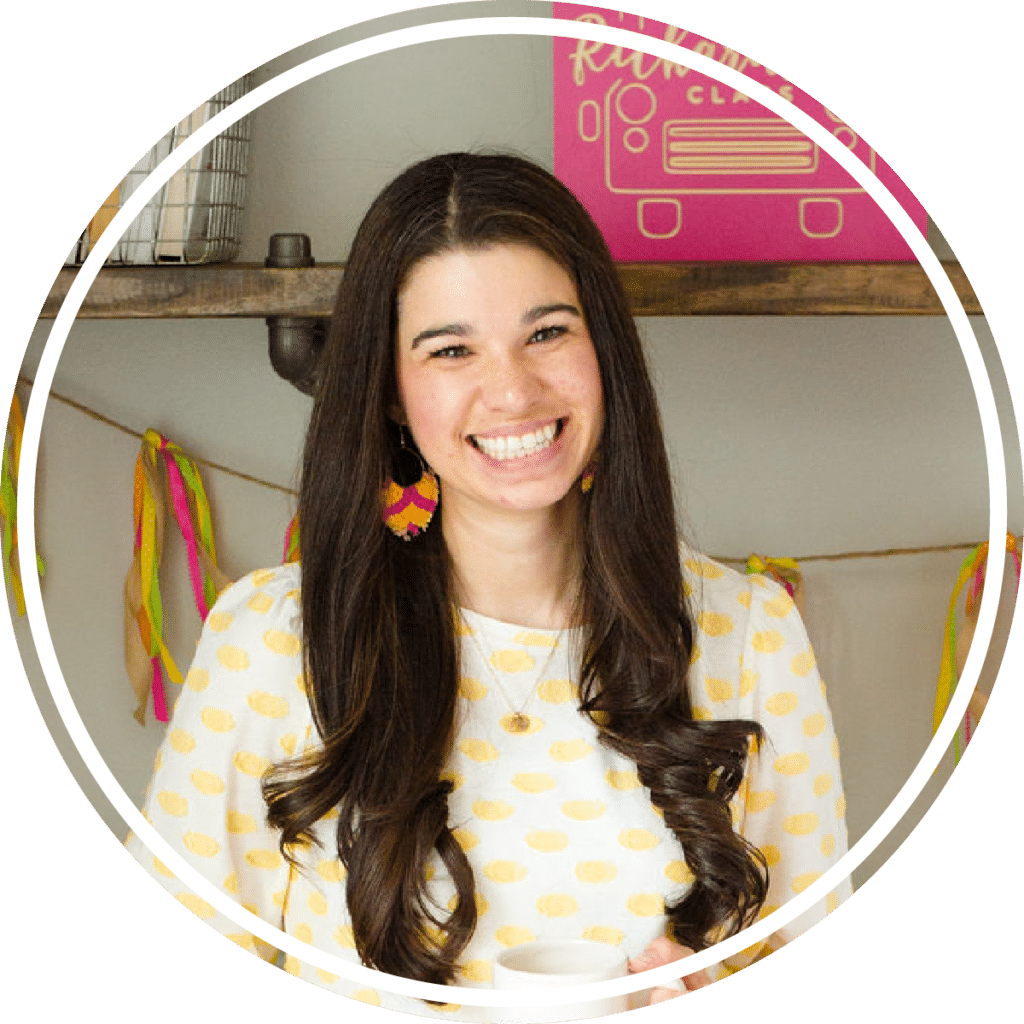
I’m a K-1 teacher who is passionate about making lessons your students love and that are easy to implement for teachers. Helping teachers like you navigate their way through their literacy block brings me great joy. I am a lifelong learner who loves staying on top of current literacy learning and practices. Here, you’ll find the tools you need to move your K-2 students forward!
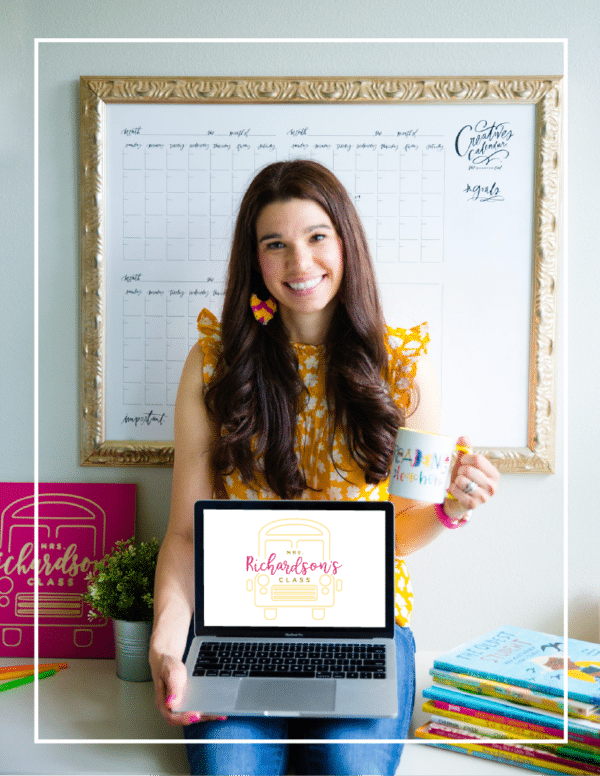
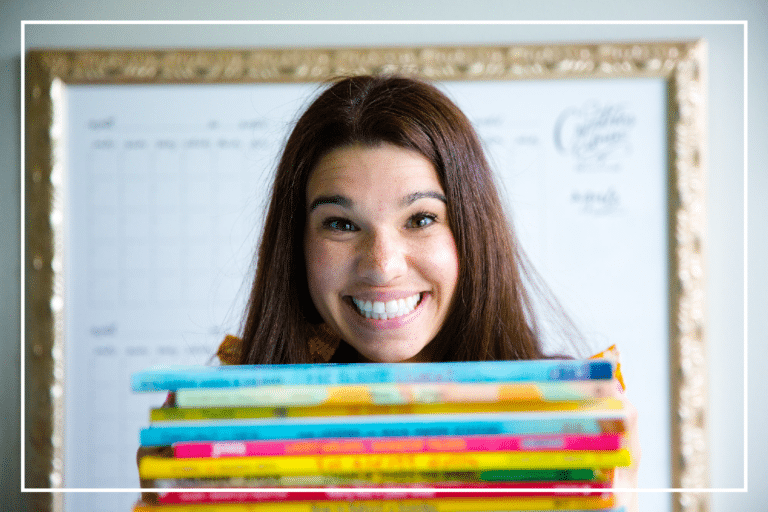
| Cookie | Duration | Description |
|---|---|---|
| cookielawinfo-checkbox-analytics | 11 months | This cookie is set by GDPR Cookie Consent plugin. The cookie is used to store the user consent for the cookies in the category "Analytics". |
| cookielawinfo-checkbox-functional | 11 months | The cookie is set by GDPR cookie consent to record the user consent for the cookies in the category "Functional". |
| cookielawinfo-checkbox-necessary | 11 months | This cookie is set by GDPR Cookie Consent plugin. The cookies is used to store the user consent for the cookies in the category "Necessary". |
| cookielawinfo-checkbox-others | 11 months | This cookie is set by GDPR Cookie Consent plugin. The cookie is used to store the user consent for the cookies in the category "Other. |
| cookielawinfo-checkbox-performance | 11 months | This cookie is set by GDPR Cookie Consent plugin. The cookie is used to store the user consent for the cookies in the category "Performance". |
| viewed_cookie_policy | 11 months | The cookie is set by the GDPR Cookie Consent plugin and is used to store whether or not user has consented to the use of cookies. It does not store any personal data. |


